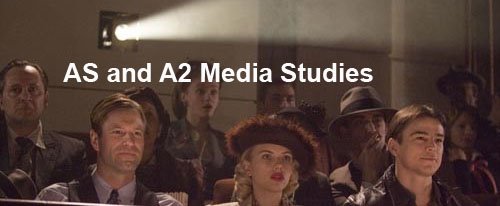Definitions: can music programmes be defined as a specific genre?
Music programmes may not fit into any one genre at all as they can be interpreted as varied a form of communication that is made up of a range of elements (recorded music, music performance, music video, documentary, etc.) If you agree with this than you will accept that music programmes are multi-modal, which means that they combine a variety of forms of communication (dance, spoken language, visual language, editing, rhythm, and various elements of music).
Kress Van Leeuwen (in 1996) argues a social trend away from the dominance of the written word (language-as-writing) and towards technological modes that stress the visual and the integration of multiple modes at the same time (multimedia, hypertext, etc.).
Kress Van Leeuwen offers a theoretical approach for multimodal analysis. Looking at videos this way we need to:
Identify:
· the medium (or media) for production (i.e. Pop, Rock, Rap, Classical, Hip Hop, etc.)
· the modes (types) of communication chosen for the design of the text. (i.e. live show, music video, dance, singing, talking, adoption of a genre, reality TV, intertextual references, etc.)
· the various ways in which the text is distributed. (i.e. MTV and its channels, TOTP’s, The Chart Show on ITV, etc.)
· the kinds of discourse (language and messages) being communicated (the dominant representations of people and the world), i.e. for sex, race, age and class.
Music programmes are multimodal in their reliance on the above combinations. It is useful to use this theory if we think that the kinds of media texts we are dealing with are more complex and involve combinations (mainly due to technology and new audience behaviour) than the traditional concepts usually associated with Media Studies.

No comments:
Post a Comment